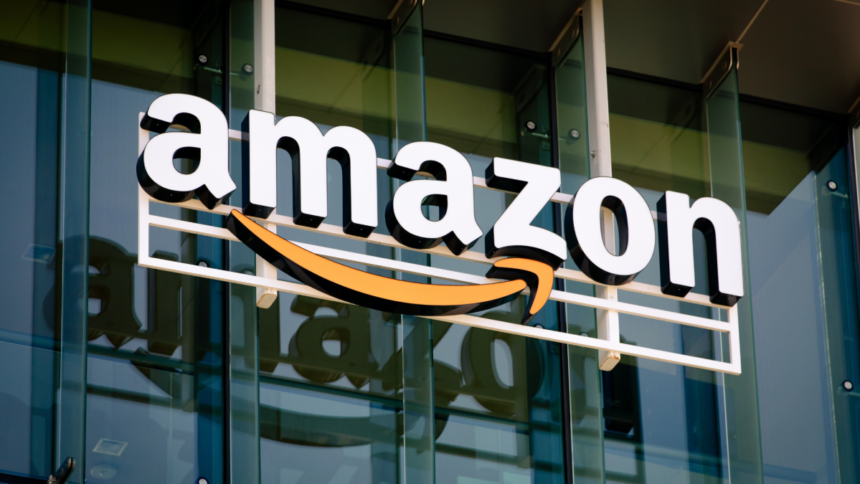The Tensions Between Amazon and the White House
Recent developments reveal that Amazon is currently at odds with the White House. The situation arose from a report by Punchbowl News, which indicated that Amazon intended to showcase how tariffs are inflating product prices on their platform. When customers viewed a product, they would not only see the selling price but also how much of that cost was attributable to the tariffs imposed during Trump’s administration. This initiative stands in stark contrast to the commonly held belief, as reiterated by the government, that tariffs burden only the exporting nations. By making the tariff impact visible, Amazon would be highlighting that consumers are actually absorbing these cost increases.
The revelation of this plan did not sit well with the administration. In fact, the White House responded with considerable anger. During a press briefing held on a Tuesday, White House Press Secretary Karoline Leavitt criticized Amazon, describing the proposal as a “political and hostile act.” She questioned why Amazon wouldn’t similarly identify price hikes resulting from the inflationary effects related to the Biden administration. Leavitt further remarked, “This highlights why Americans should prefer purchasing domestic products.”
A Narrower Focus: Only Amazon Haul Affected
However, it appears that details regarding this initiative may have been misrepresented or evolved following the backlash from the White House. Jeff Stein, the chief economics reporter for The Washington Post, noted that an Amazon representative clarified that the original plan did not include displaying tariff price labels on the primary Amazon site but was limited to Amazon Haul’s offerings.
This Tweet is currently unavailable. It might be loading or has been removed.
Amazon Haul serves as an ultra-affordable segment within Amazon’s marketplace, offering items priced at $20 or less, with many costing under $10.
If Amazon is limiting this tariff labeling to Haul products, it implies a significantly narrower rollout than the administration or Punchbowl News suggested. The previous administration might reject the idea of consumers facing increased costs due to tariffs, but since Amazon Haul is somewhat inconspicuous and still in beta, this approach was perhaps understated. Many may not even be aware of its existence until recent reports surfaced.
Uncertainty remains regarding whether this was the intended strategy from the start or a reactive measure to avoid further conflict with the White House. The company might be looking to appease the administration while avoiding outright denial of Punchbowl’s report, suggesting an oversight on only a limited section of their marketplace. Reports state that Trump personally reached out to Jeff Bezos earlier to express his dissatisfaction about Amazon’s plans. Therefore, a strategic pivot after the adverse reaction from the administration seems plausible. Yet, without additional confirmation, the true state of affairs remains speculative and will be more evident over time.
Understanding the Tariff Label System
Punchbowl’s initial report indicated that Amazon intended to “show how much each item’s price is influenced by tariffs—right alongside the overall price.”
This straightforward approach would allow consumers to observe the total cost, see the tariff-inflicted increase, and then deduce what the pricing would have been had tariffs not been established by the prior administration.
Such transparency is likely a key reason for the White House’s discontent.
Monitoring Price Changes Due to Tariffs
For those eager to assess the impact of tariffs before Amazon implements any pricing labels, leveraging price tracking tools can provide valuable insights. These tools can track historical price changes on the Amazon platform. Although they cannot confirm unequivocally that a particular price increase is due to tariffs, a sudden spike in price this spring, devoid of other explanations, may likely be influenced by tariff-related adjustments.












